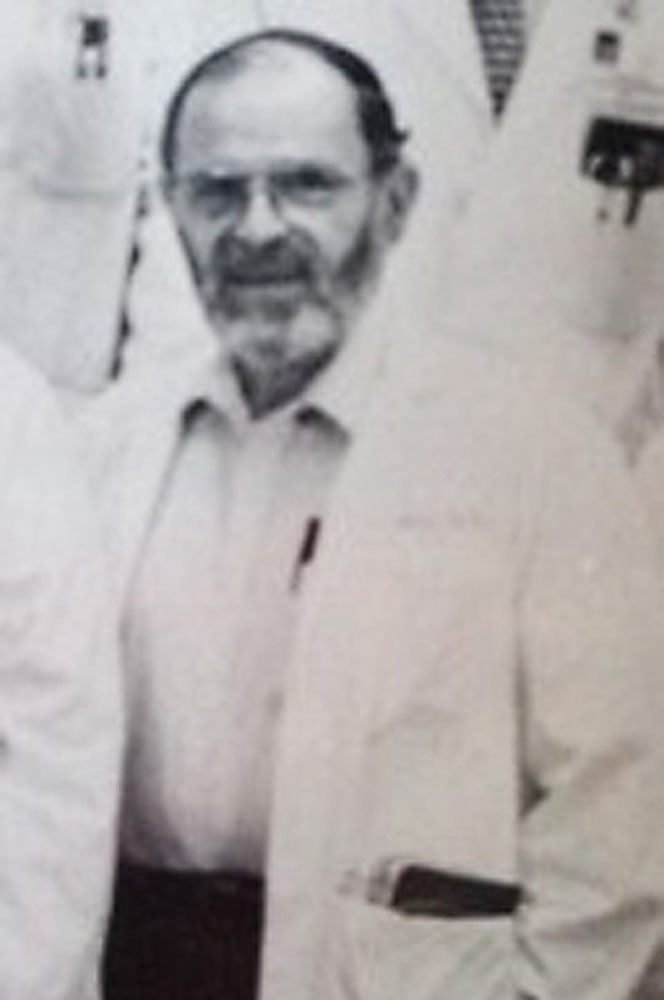MY father would have been thrilled to read “Dying in America,” a new report by the Institute of Medicine that argues that we subject dying patients to too many treatments, denying them a peaceful death. But he would have asked what took us so long. A physician from the late 1950s to the late 1990s, my dad grew increasingly angry at how patients died in this country, too often in hospitals and connected to machines and tubes he knew would not help them.
He placed some of the blame for the situation at the feet of bioethics and patients’ rights, two movements that I, as a young physician, had fiercely advocated. Doctors, he believed, had abrogated their duties in preventing — and, if necessary, thwarting — patients from pursuing inappropriate end-of-life interventions. We should heed my father’s advice. Physicians need to reclaim some of the turf they have ceded to patients and families.
My father was an unlikely proponent of what came to be known as the “medical futility” movement in the 1990s. He was an infectious disease specialist, trained to diagnose and cure complicated infections. For much of his early career, he did just that. It was a heady time. Thanks to penicillin and other antibiotics, my dad was able to cure once-fatal infections like tuberculosis.
But as his career progressed, he found himself increasingly consulted on different types of patients. Elderly, frequently from nursing homes and suffering from dementia or cancer, these patients would be admitted to his hospital with an infection, like pneumonia. Treating these infections, and the hospital-acquired ones that sometimes followed, did not make these people better. At best, the antibiotics preserved their poor quality of life. More often, they returned home without an infection but even sicker than when they had arrived. Even worse, many died on respirators in intensive care units, having been offered interventions that had no chance of working.
Because my father kept journals, I was able to learn about specific cases that raised these issues. One of his patients was an elderly man who, following the repair of a broken hip, had experienced months of complications and infections. My dad’s role, he wrote, “was to juggle his antibiotics, risk severe toxicities from the multitude of drugs employed and constantly readjust and re-dose according to the circumstances.”
Another patient, despite having severe dementia, was connected to a feeding tube and a respirator, through a hole in his windpipe. The patient was “never going to get better,” my father wrote, and yet “his family will not accept that reality and continues to pray for a miracle, which will not be forthcoming.”
My dad concluded that he and his colleagues were ignoring the medical realities. Infections were the way that such frail individuals were supposed to die, the “final straw in the deterioration of so many of the body’s vital organs and functions.” Yet somehow they had become things that needed to be treated.
The medical futility movement, which argued that doctors should be able to withhold interventions that they believed would merely prolong the dying process, did not experience great success. Physicians declaring things to be “futile” sounded too much like the old system of medical paternalism, in which doctors had made life-and-death decisions for patients by themselves. It was this mind-set that bioethics, appropriately, had sought to correct. Patients (or their families) were supposed to be in charge.
The problem was that the new system did not account for one thing: Patients often demanded interventions that had little or no chance of succeeding. And physicians, with ethicists and lawyers looking over their shoulders, and, at times, with substantial money to be made, provided them.
This week’s report builds on the futility movement and earlier efforts to improve death and dying. For example, it advocates that Medicare and other insurers pay physicians to talk to their patients about end-of-life care. It seeks to improve funding for home health services that would keep extremely ill patients out of the hospital. And it strongly promotes better training of young physicians in palliative care.
My dad would have favored all of these initiatives. But he would have wanted something else as well: for doctors to be bolder and more courageous, to see their duty not simply as providing options but as making sure patients got the most appropriate care, even if that meant saying no to specific demands.
My father carried his near-obsession with medical futility to questionable extremes. Once, he even covered a newly dead patient — who had been hospitalized for months and was in constant agony — with his own body, to stop his colleagues from trying to revive her.
Although I remain very uncomfortable with what my dad did that day, I have to admire what he wrote down afterward. He had acted “in the name of common, ordinary humanity,” in line with his career-long duty to relieve “the pain of my patients who can’t be cured.”
Originally published in the New York Times, September 19, 2014, p. A29.
